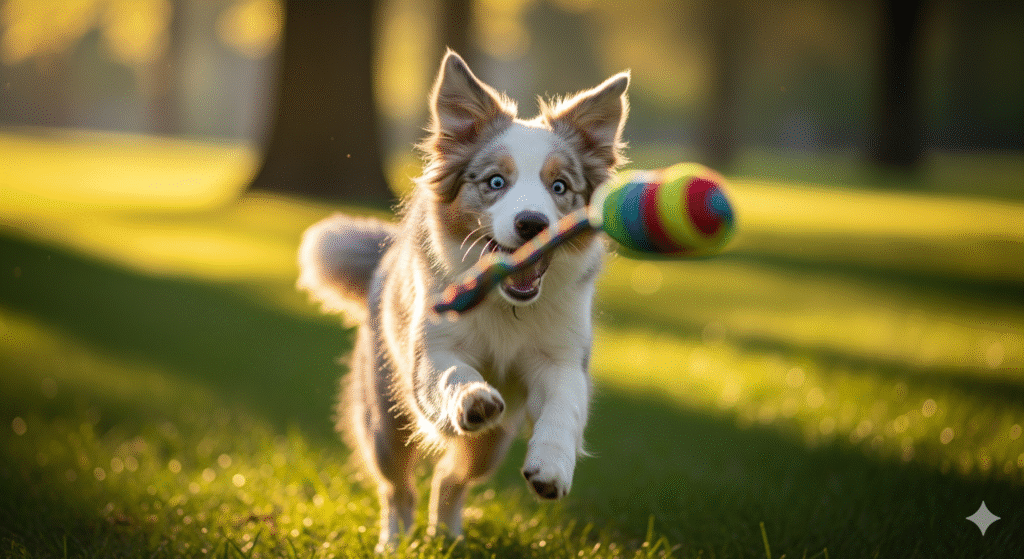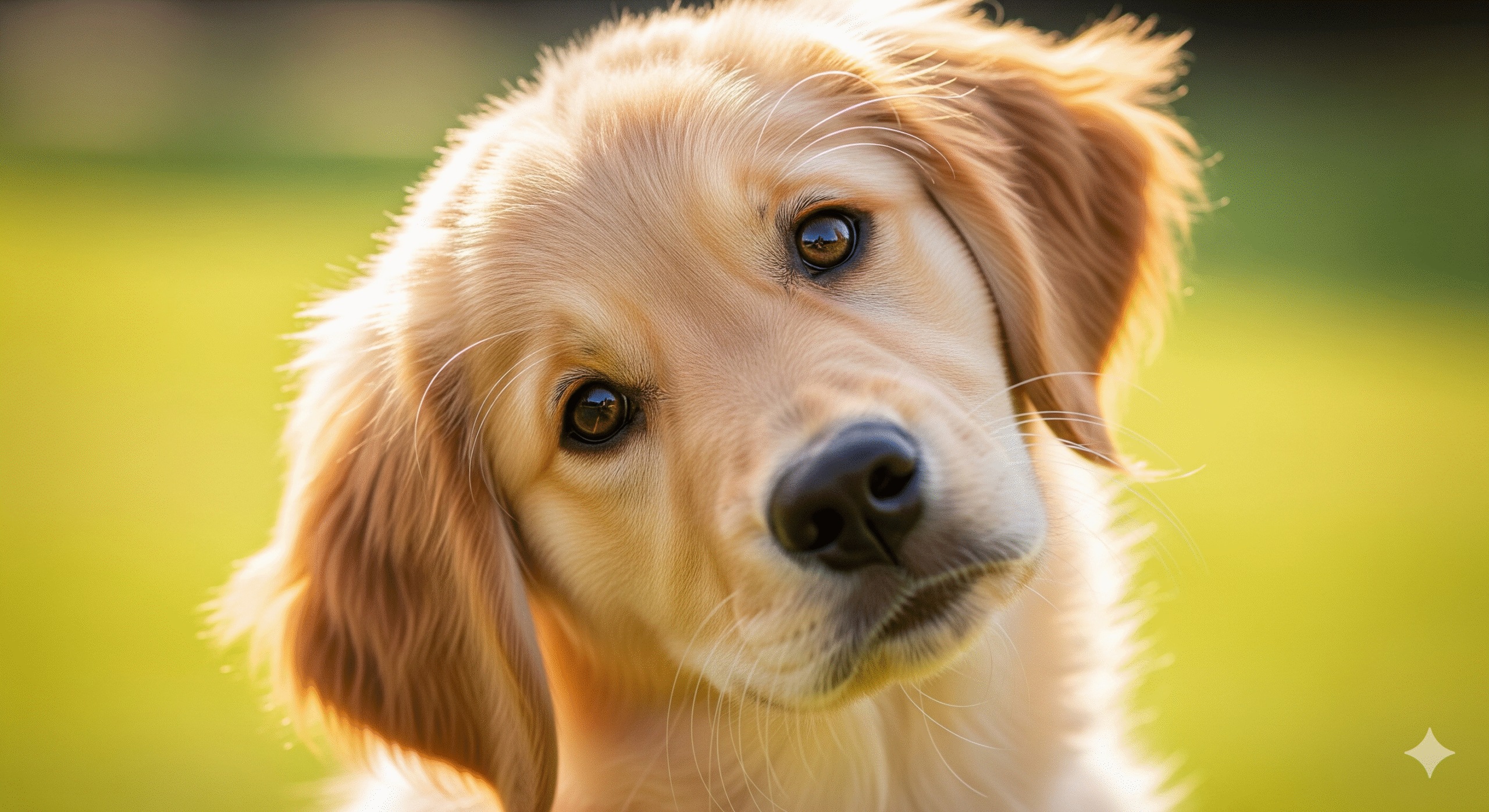Welcome to the wonderful, wiggly, and wild world of puppy photography! Bringing a new puppy home is a whirlwind of joy, cuddles, and chaotic energy. In the blink of an eye, those tiny paws and that button nose will grow. Capturing these fleeting moments is a must for any new pet parent, but as you’ve likely discovered, getting that perfect shot can be a real challenge. Puppies are fast, unpredictable, and have the attention span of, well, a puppy!
But don’t worry. You don’t need a professional-grade studio or years of experience to take frame-worthy photos of your furry friend. With a few key puppy photography tips, a lot of patience, and a handful of treats, you can create beautiful images that you’ll cherish for a lifetime. This guide is packed with expert advice and actionable steps to help you move beyond blurry, poorly lit snapshots and start taking photos that truly capture your puppy’s unique personality and adorable spirit. Let’s dive in and turn those chaotic photo sessions into fun, productive, and rewarding experiences for both you and your pup!
Master the Essentials: Gear and Settings ⚙️
Before you even point your camera at your puppy, setting yourself up for success is crucial. The right gear and camera settings can make the difference between a blurry mess and a crystal-clear masterpiece.
You Don’t Need a Pro Camera (But It Helps!)
While a DSLR or mirrorless camera offers more control, modern smartphone cameras are incredibly powerful. The key is understanding how to use what you have.
- Smartphone Photography: Use Portrait Mode to create a beautiful blurred background (bokeh), which makes your puppy stand out. Tap on your puppy’s eyes on the screen to ensure they are the sharpest point of focus. Avoid using the digital zoom, as it degrades image quality; instead, move closer to your subject.
- DSLR/Mirrorless Cameras: If you’re using a more advanced camera, switch to Aperture Priority Mode (A or Av). A wide aperture (a low f-number like f/1.8 to f/4) will isolate your puppy from the background, creating that professional, soft-focus look. This is one of the most effective puppy photography tips for creating stunning portraits.
Key Camera Settings for Sharp Action Shots
Puppies are rarely still. To freeze their motion and capture those playful pounces, you need to adjust your settings accordingly.
- Shutter Speed is King: This is your most important tool for avoiding blur. Aim for a shutter speed of at least 1/500th of a second or faster. If your puppy is running, you may need to go as high as 1/1000s. A faster shutter speed freezes motion perfectly.
- Use Continuous Autofocus: Your puppy is a moving target. Set your camera’s focus mode to Continuous Autofocus (AF-C or AI Servo). This mode will constantly track your moving puppy, keeping them in focus as they explore and play.
- Burst Mode is Your Best Friend: Don’t try to time the perfect shot. Instead, hold down the shutter button and fire off a burst of photos. This technique dramatically increases your chances of capturing that one perfect moment with a great expression and sharp focus. You can sort through them later and delete the duds.
It’s All About the Light: Finding the Best Illumination ☀️
Photography is literally “drawing with light,” and the quality of your light will define the quality of your photo. Harsh, direct light creates unflattering shadows, while soft, diffused light creates a beautiful, gentle glow.
The Magic of Natural Light
The best light for puppy photography is almost always natural light. Avoid using your camera’s built-in flash at all costs. It creates harsh shadows, red-eye, and can frighten your puppy.
- Golden Hour: The hour after sunrise and the hour before sunset are known as the “golden hours” for a reason. The light is soft, warm, and directional, creating beautiful, long shadows and a magical glow on your puppy’s fur.
- Open Shade: If you’re shooting in the middle of a bright, sunny day, don’t place your puppy in direct sunlight. Instead, find “open shade,” like under a large tree, on a covered porch, or next to the shadow of a building. This provides soft, even light without the harsh shadows.
- Indoor Lighting: When shooting indoors, position your puppy near a large window. Turn off all the artificial overhead lights, as they can cast an unflattering yellow or orange hue. Let the natural window light illuminate your subject for a clean, professional look.
Get on Their Level: Perspective is Everything 👇
One of the biggest mistakes people make when photographing pets is shooting from a standing position, looking down. This perspective is how we always see them, so the photos feel uninspired and can make the puppy look small and submissive.
See the World from Their Eyes
To create truly intimate and engaging portraits, you need to get down on your puppy’s level.
- Lie on the Floor: Yes, get right down on your belly! Shooting from your puppy’s eye level creates a connection with the viewer and offers a glimpse into their world. This perspective is more personal, dramatic, and makes your puppy the true hero of the shot.
- Capture the Details: Getting low also allows you to focus on adorable details you might otherwise miss. Think close-ups of their paws, their wet nose, or the way their ears flop. These detail shots are fantastic for adding variety to a photo collection.
- Shoot Upwards: For a fun and powerful perspective, try shooting from slightly below your puppy’s eye level. This can make even the smallest puppy look majestic and heroic, adding a touch of playful drama to the image.
Capturing Personality: Posing and Action 🎾
The best photos showcase your puppy’s unique personality. Are they a sleepy cuddler, a goofy explorer, or a boundless ball of energy? Your goal is to capture that essence.
Working with a Short Attention Span
Patience is the most valuable tool in your kit. Keep photo sessions short and fun, around 5-10 minutes at a time. If your puppy gets bored or frustrated, take a break and try again later.
- Use Lures and Noises: To get that classic head-tilt or an engaged expression, you need to get their attention. Use a squeaky toy, crinkle a treat bag, or make high-pitched noises. Hold the lure right above your camera lens to get your puppy to look directly into the camera.
- Enlist a Helper: Having a second person can be a game-changer. One person can handle the camera while the other manages the puppy, holding toys and treats to direct their gaze.
- Embrace the Nap: A sleeping puppy is a still puppy! Don’t miss the opportunity to take beautiful, peaceful photos when they’re snoozing. This is the perfect time to get those detailed close-up shots of their paws, whiskers, and sleepy faces.
From Posed Portraits to Action Shots
A good photoshoot includes a mix of styles.
- Posed Shots: For a classic portrait, use a favorite treat to guide your puppy into a “sit” or “stay” position. Reward them heavily for holding still, even for a second. Simple, uncluttered backgrounds work best here.
- Action Shots: To capture your puppy’s playful side, initiate a game of fetch or tug-of-war. Use the burst mode and continuous autofocus settings we discussed earlier to freeze the action. Candid shots of them mid-pounce or running with floppy ears often make for the most memorable photos.
- Incorporate Props: A favorite toy, a cozy blanket, or even a cute bandana can add context and personality to your photos. Just ensure the props are safe and don’t overwhelm your puppy.
The Final Touch: Simple Editing for Pawsitively Perfect Photos ✨
A little bit of editing can elevate a good photo to a great one. You don’t need complex software like Photoshop; most modern smartphones have powerful built-in editing tools, and free apps like Snapseed or Adobe Lightroom Mobile offer incredible functionality.
Basic Edits for Big Impact
- Cropping and Straightening: Sometimes the best composition is hidden within a larger photo. Crop your image to remove distracting elements from the background and place your puppy as the main focus. Use the rule of thirds for a more dynamic composition.
- Brightness and Contrast: Most photos can benefit from a slight boost in brightness (exposure) to make them pop. Adding a touch of contrast can make the details sharper and the colors more vibrant.
- Sharpening: A final touch of sharpening can make the details in your puppy’s fur and eyes look incredibly crisp. Be careful not to overdo it, as it can make the photo look unnatural.
Conclusion: Cherish Every Moment
Puppyhood goes by in a flash, but with these puppy photography tips, you now have the knowledge to capture its magic forever. Remember, the most important ingredients are patience, fun, and a whole lot of love. Don’t get discouraged if you don’t get the perfect shot on your first try. The process itself is a wonderful way to bond with your new best friend. So grab your camera, a handful of treats, and start making memories.
What’s your biggest challenge when photographing your puppy? Share your questions and your own tips in the comments below! 👇

“Before the decorations go up and the festivities begin, it’s crucial to secure your home for your curious puppy. Anchor your Christmas tree to prevent tipping, avoid low-hanging ornaments that can be chewed, and keep electrical cords for lights safely out of reach. Once your home is a safe and festive wonderland, it becomes the perfect backdrop for a holiday tradition. A beautifully decorated tree and a cozy fireplace mantle offer ideal settings for a memorable photoshoot. After you’ve puppy-proofed, you can focus on capturing the magic of the season. Get inspired and learn the tricks to getting that perfect picture with our step-by-step tutorial on How to Take Christmas Puppy Photos.“






